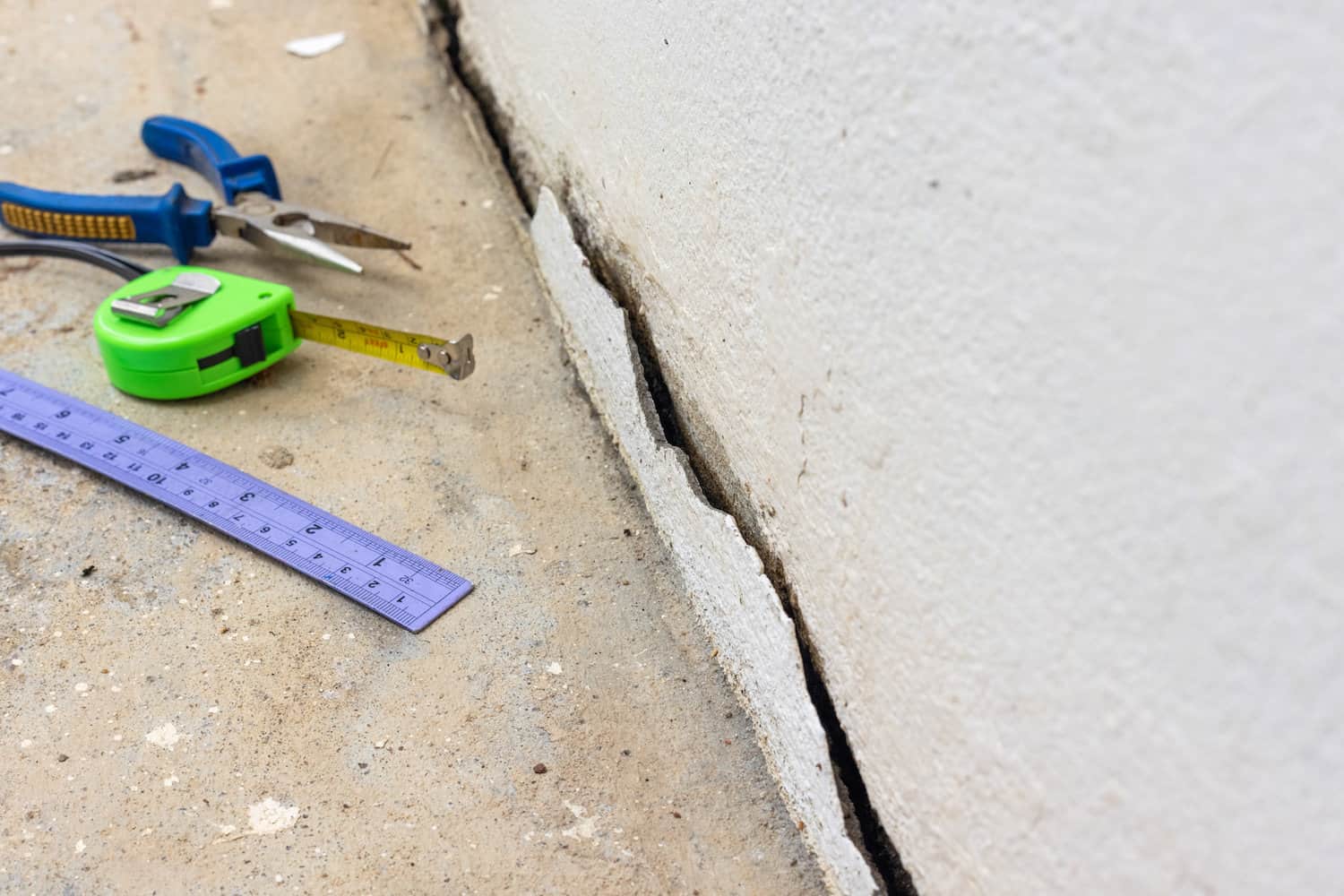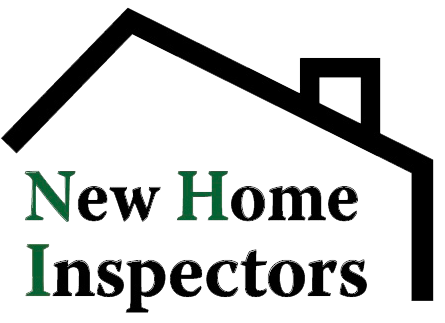
Wondering if your house is settling can be, pun intended, unsettling. What causes a house to settle, and how can you spot the issues before they worsen? First of all, it helps to know what it means for a house to settle. Settling is a normal process that happens to every home as the framework and foundation shift over time, starting within one to two months of construction and continuing for years. A little bit of settling is standard, but it can be affected by a few factors like:
Climate: The weather your house has to handle can influence settling. As your house experiences the freeze-thaw cycle of seasons changing over the first one to two years, some natural shifting will occur. However, more extreme wet weather like heavy rains, snow, and humidity can loosen soil, leading to more settling, and potential water damage to your foundation if you’re not careful. And speaking of loosened soil…
Soil composition: Your house is built on a foundation, but the dirt underneath the foundation is basically your foundation’s foundation. Soil that’s wet, loose, or contains a high amount of clay will experience more compression as the house’s weight presses down, meaning more settling. Other unstable soils such as sand or gravel lead to a similar effect.
Building materials: The initial settling that happens within a home’s first couple months is mostly due to what the home is made of. The wood and concrete commonly used in new home construction both hold moisture, and as this evaporates, the home will begin to settle. Heavier materials like brick or steel will usually take longer to settle, but this isn’t a type of settling you have to avoid— as previously mentioned, it’s a natural process.
While some settling is to be expected, there are two types of settlement: uniform and differential. With uniform settlement, the house settles evenly, and a small amount of this type of settling won’t damage a home. With differential settling, parts of the home settle at different rates, which can put stress on your walls and foundation. Sometimes this can cause visible bowing or cracks, but the best way to know what type of settlement you’re dealing with is to hire a home inspector — like me! It’s a home inspector’s job to examine your foundation and other structural elements potentially affected by settling. If you’re concerned about settling and ready to give your Long Island home a check-up, reach out to me today!

